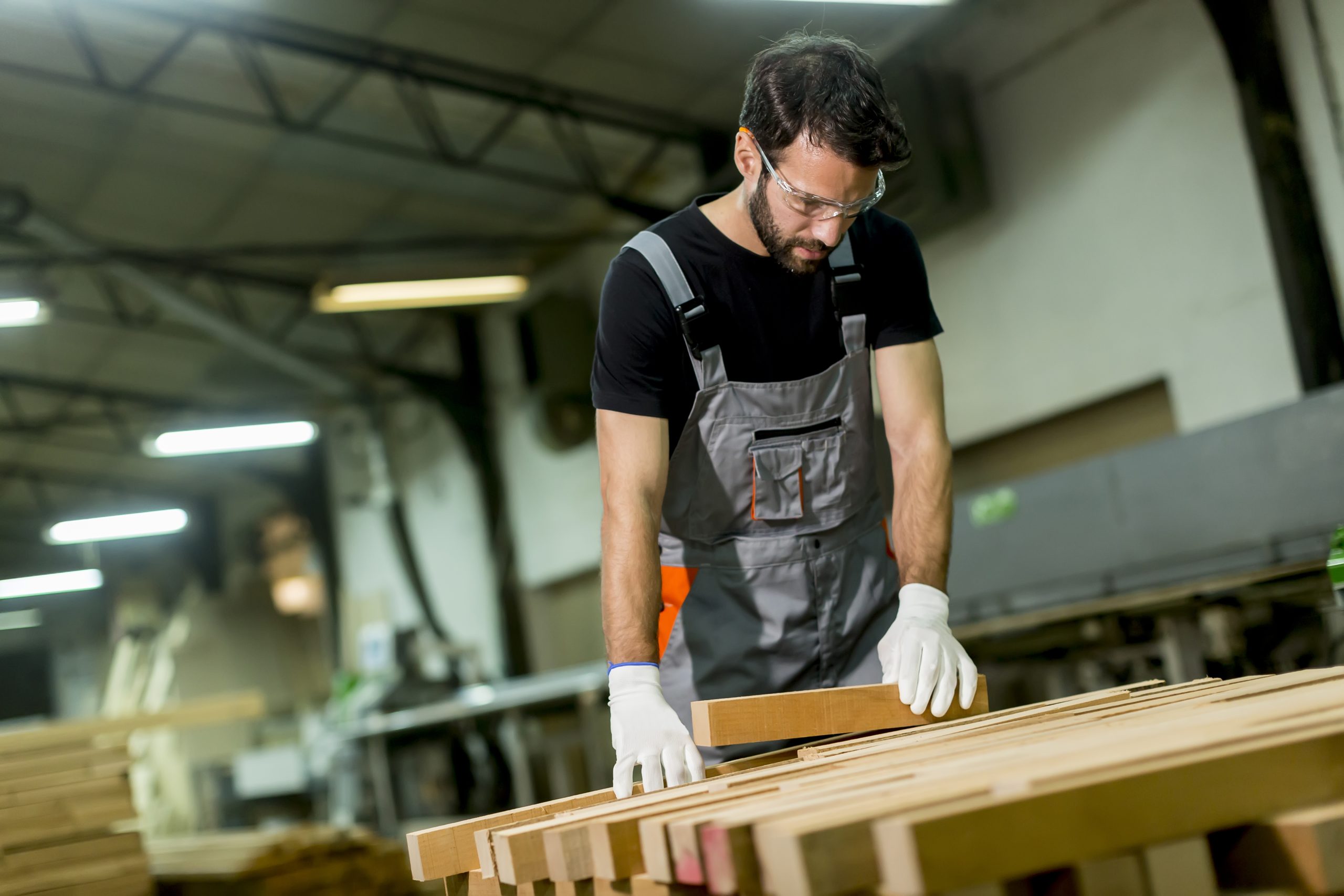The Cornerstones of Durability in Amish Craftsmanship
Amish-made furniture is renowned for its longevity, a testament to the meticulous craftsmanship and consistent dedication to quality that define Amish artisans. The secrets behind this lasting durability lie in the combination of traditional techniques, meticulous attention to detail, and a spirit that values quality over quantity. Amish craftsmen are known for their selectiveness in materials, using only the finest hardwoods that are inherently more resistant to wear and tear. Each piece is constructed with a deep understanding of wood’s natural properties, ensuring that the furniture is not only beautiful but built to last.
Amish furniture is built with an emphasis on longevity, utilizing practices passed down through generations. This dedication to craftsmanship involves not just skill, but a philosophy that values durability and functionality as much as aesthetics.
Materials and Methods: The Foundation of Lasting Furniture
The materials used in Amish furniture-making are carefully chosen for their quality and sustainability. Hardwoods like oak, cherry, and maple are preferred for their density, strength, and beauty. These woods are less likely to warp or crack over time, contributing significantly to the furniture’s longevity. Beyond the choice of wood, the methods used in crafting Amish furniture are equally crucial. Techniques such as mortise and tenon joinery, dovetailing, and the application of hand-rubbed finishes enhance the structural integrity and aesthetic appeal of the furniture. These traditional methods, carried over generations, ensure that each piece is sturdy, functional, and timeless.
The process of creating Amish furniture is infused with a philosophy that prioritizes durability and functionality as much as aesthetics. This holistic approach to furniture making, where every step, from the selection of raw materials to the final finishing touches, is carried out with utmost care and precision, is what sets Amish-made furniture apart. In a world where fast furniture has become commonplace, the enduring nature of Amish craftsmanship offers a sustainable and meaningful alternative.
To dive deep into the durability and longevity of Amish-made furniture, we look at the traditional craftsmanship and the choice of materials that Amish artisans use, along with their meticulous methods. The secrets behind the lasting nature of Amish furniture are deeply rooted in their dedication to quality, from selecting the finest hardwoods to employing time-honored construction techniques that ensure each piece is not only beautiful but durable.
Selecting the right materials is crucial, with Amish craftsmen preferring hardwoods like oak, cherry, and maple for their robustness. Coupled with techniques such as mortise and tenon joinery and dovetailing, the furniture is designed to withstand the test of time.
In conclusion, the longevity of Amish-made furniture is not the result of a single factor but a confluence of materials, craftsmanship, and a deeply ingrained ethos of quality. It is this combination of the best materials, time-honored construction methods, and a meticulous attention to detail that ensures each piece not only serves its functional purpose but does so for generations. As we continue to navigate a rapidly changing world, the lasting appeal of Amish-made furniture reminds us of the value of craftsmanship, sustainability, and the timeless beauty of well-made objects.

